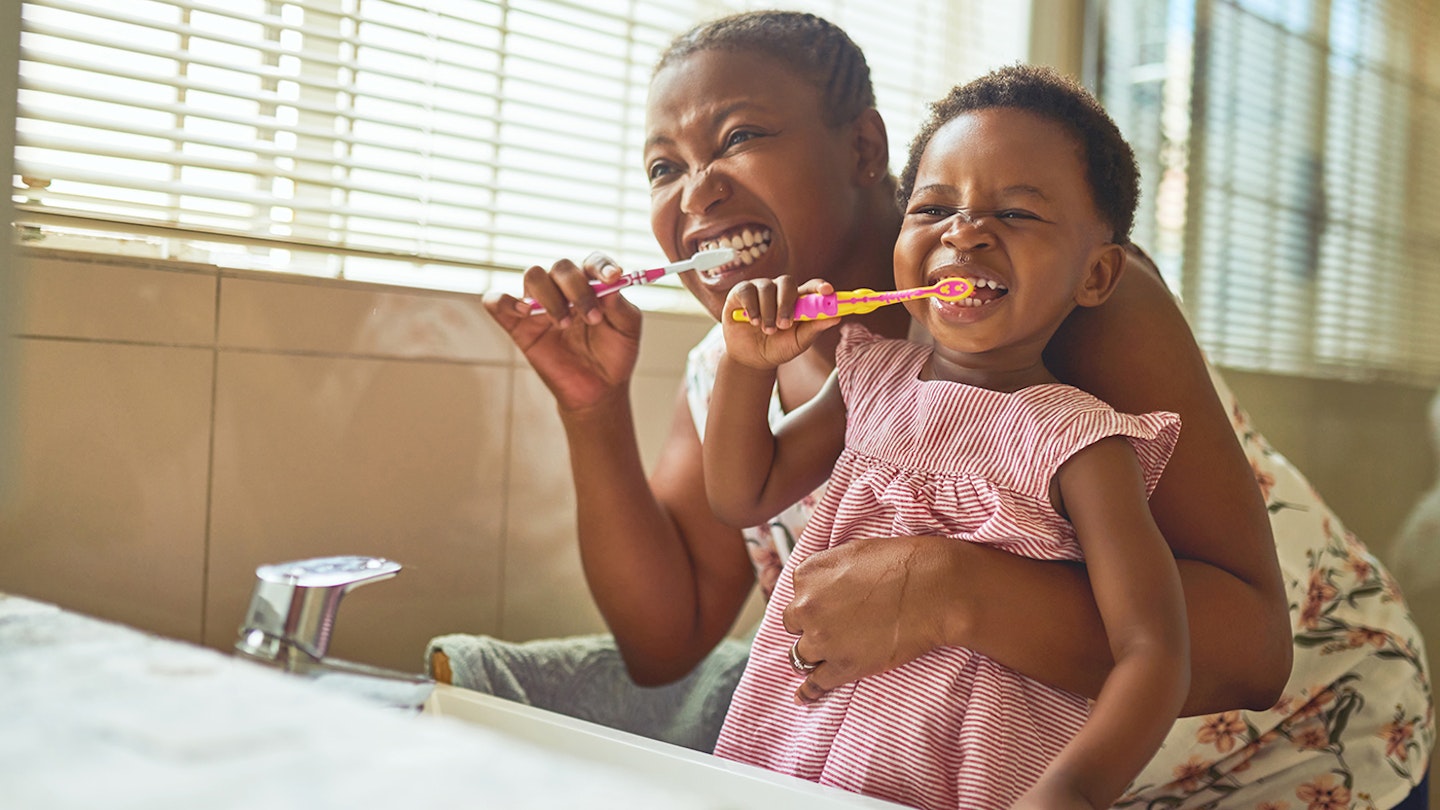After weeks - sometimes months - of teething, it's an exciting moment when those pearly whites finally break through. And from the moment your little one’s teeth appear, it’s vital to keep them clean and to safeguard their toothy grin. But for many parents, keeping up with oral hygiene can quickly become a twice-daily battle. Luckily, there are plenty of things you can do to make brushing teeth a pleasure rather than a chore, giving you both plenty to smile about!
Start young
The key to establishing a good oral health routine is to start straight away, says Dr Claire Stevens, a consultant in paediatric dentistry. If you begin regular brushing when your child is a young baby, before they think about getting upset about it, you’re likely to get far less resistance.
But wait until your tot is older to get to grips with teeth brushing, and you may find you’re in for a battle. ‘With one in eight three-year-olds already having some form of decay, it is crucial to start thinking about your child’s oral health while they are still very small,’ says Claire.
Begin brushing teeth as soon as that very first tooth appears, using a toothpaste that contains fluoride. ‘Fluoride is a natural mineral that is found in bones and teeth,’ explains Claire. ‘Fluoride toothpastes help strengthen tooth enamel – the hard, outer layer – and prevent small holes, known as cavities, from forming.’
Less toothpaste is more...
For babies and toddlers up to the age of three, use a flat smear of toothpaste, about the same volume as a grain of rice, advises Claire. You want to put enough toothpaste on the toothbrush to cover the top of the bristles. ‘The most important part of brushing is to deliver the fluoride to the teeth so that it can protect them from decay,’ says Claire. ‘Look for a toothpaste that has at least 1,000 parts of fluoride per million, marked on the packaging as 1,000ppm.’
Start them with a minty taste from the get-go if you can. A lot of fruit-flavoured toothpastes don’t have enough fluoride in them to be suitable for older children, and making the switch from sweet-tasting flavours to tingly mint later on can be tricky. Aquafresh produces a good transitional range for children. Beginning with Milk Teeth 0-2 Years, they get progressively mintier with Little Teeth 3-5 Years, then Big Teeth 6-8 Years.
Go straight for the brush
Don’t feel under pressure to buy products intended to be used before toothbrushes, like wipes, gloves, and teethers with plastic bristles. ‘There’s no real evidence that these are effective,’ says Claire, ‘so just go straight for a proper toothbrush.’ For babies and toddlers, you’ll need a small brush head that fits comfortably in their mouth, and reaches all the little nooks and crannies. The best toothbrushes for kids are clearly labelled with the ages they are intended for. If in doubt, go for one aimed at a younger age range, as some children have quite small mouths for their age. And, vitally, when it comes to picking the perfect brush, look for one you think will appeal to him, to make toothbrushing fun!
If you’re choosing an electric toothbrush for your toddler, opt for one with an oscillating head to efficiently remove plaque from your little one’s teeth. ‘But you don’t have to buy an electric toothbrush,’ says Claire. ‘They do make it easier to do a good job, but it’s perfectly possible to keep a toddler’s teeth clean with a manual brush.
‘Bamboo toothbrushes are a good option because of their green credentials,’ Claire adds. ‘You should replace your child’s toothbrush every three months so, with a plastic toothbrush, that can lead to an awful lot of waste over the course of their childhood.’
Be consistent
Cleaning teeth can often be a trigger for tears and tantrums from your toddler – many see it as an invasion of their personal space, and teeth-cleaning tends to happen when they are already feeling tired and grumpy. Refusing to let you brush their teeth is also a way your tot can assert their independence. ‘If your toddler does decide they don’t like having their teeth brushed, don’t give up,’ says Claire. ‘Stick with it as part of their routine every single day. Even if it hasn’t been the most thorough or perfect brush, make sure a bit of brushing always takes place.’
Ideally, you should aim to brush your tot’s teeth for at least two minutes, twice a day. But don’t beat yourself up if two minutes just isn’t possible – just do what you can. If your child is really tired before bed, it might be more like 20 or 30 seconds – it is much better to do a quick brush than to skip it completely.
‘Sometimes, getting a baby or toddler’s teeth brushed in the morning can be especially challenging,’ adds Claire. ‘But while evidence suggests that there are real benefits to brushing last thing at night, the other session can actually be at any time of the day.’
Stay relaxed; don’t make it into a battle, and try to make it as fun as possible. If you can manage that, you should both be smiling.
How to make toothbrushing a breeze
 1 of 10
1 of 10Keep them close
Hold your little one close and maintain eye contact while you’re brushing their teeth, so they feel safe and secure. Claire says: ‘Nestle them into the crook of your arm and make sure they are looking at you. if you’re right-handed, use your left hand to hold their hand and your right hand to brush their teeth.’
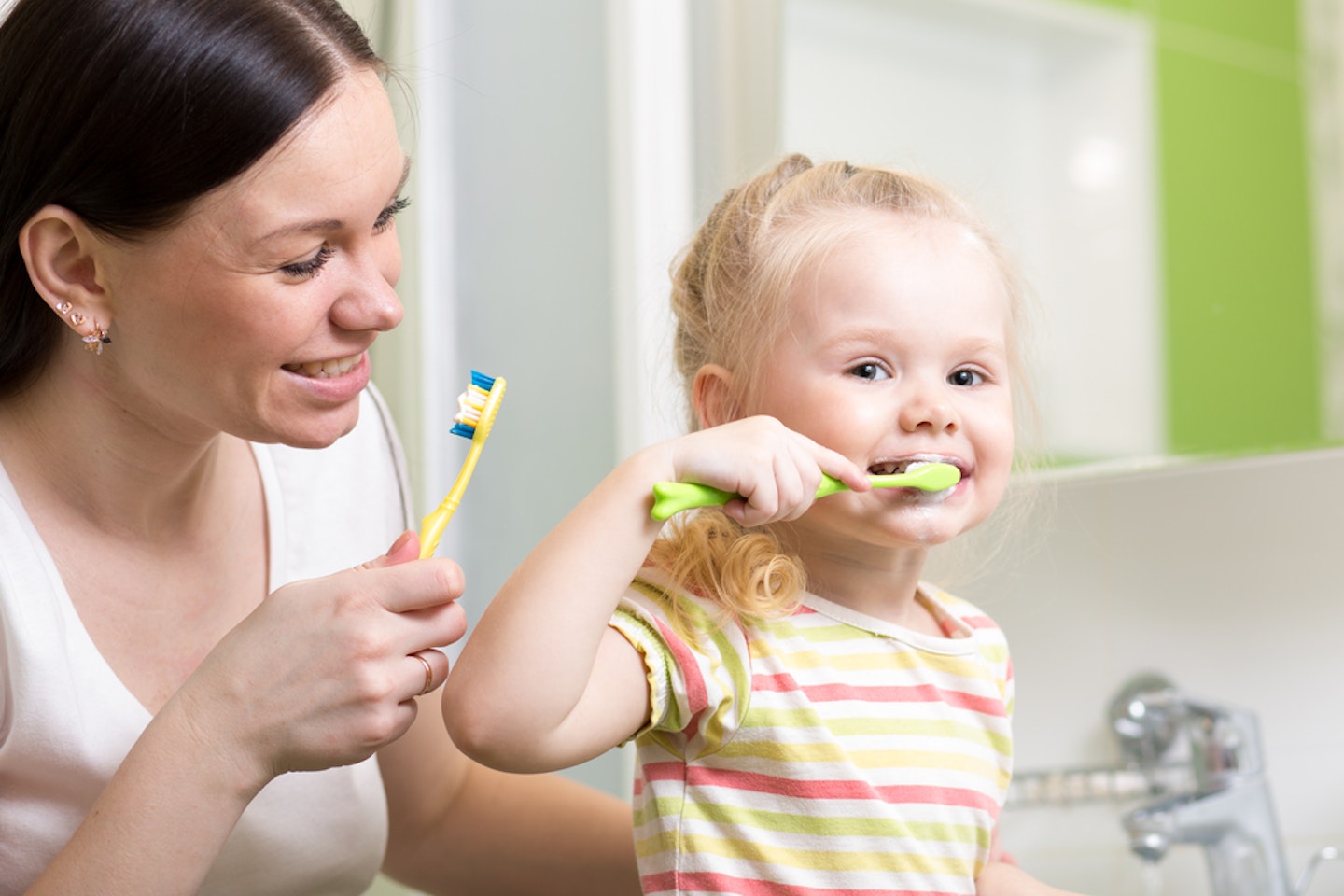 2 of 10
2 of 10Set a good example
Make sure your toddler sees you brushing your own teeth, so they will see it is normal and want to copy you. Brush your teeth at the same time and show them it can be a fun and positive experience. Show them how you brush by doing small circular movements, rather than brushing side to side.
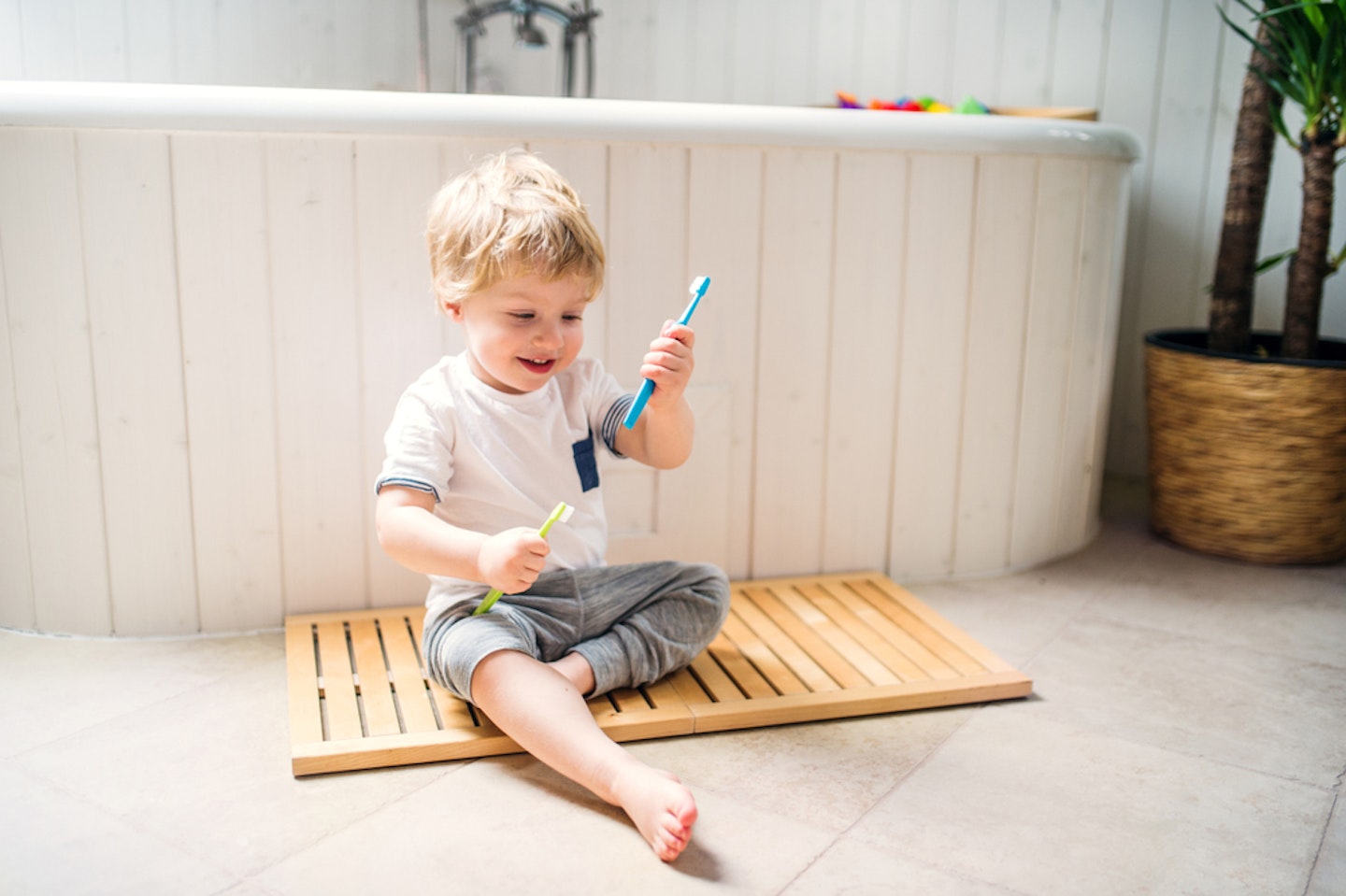 3 of 10
3 of 10Go toothbrush shopping
Choosing a battery-operated brush with a favourite cartoon character can help win them round to teeth-cleaning sessions.
 4 of 10
4 of 10Do it in sections
Encourage them to concentrate on one section of their teeth at a time, rather than random brushing all over. And make sure they cleans for long enough – a good guide is to sing happy birthday (slowly) once for the top teeth and once for the bottom teeth.
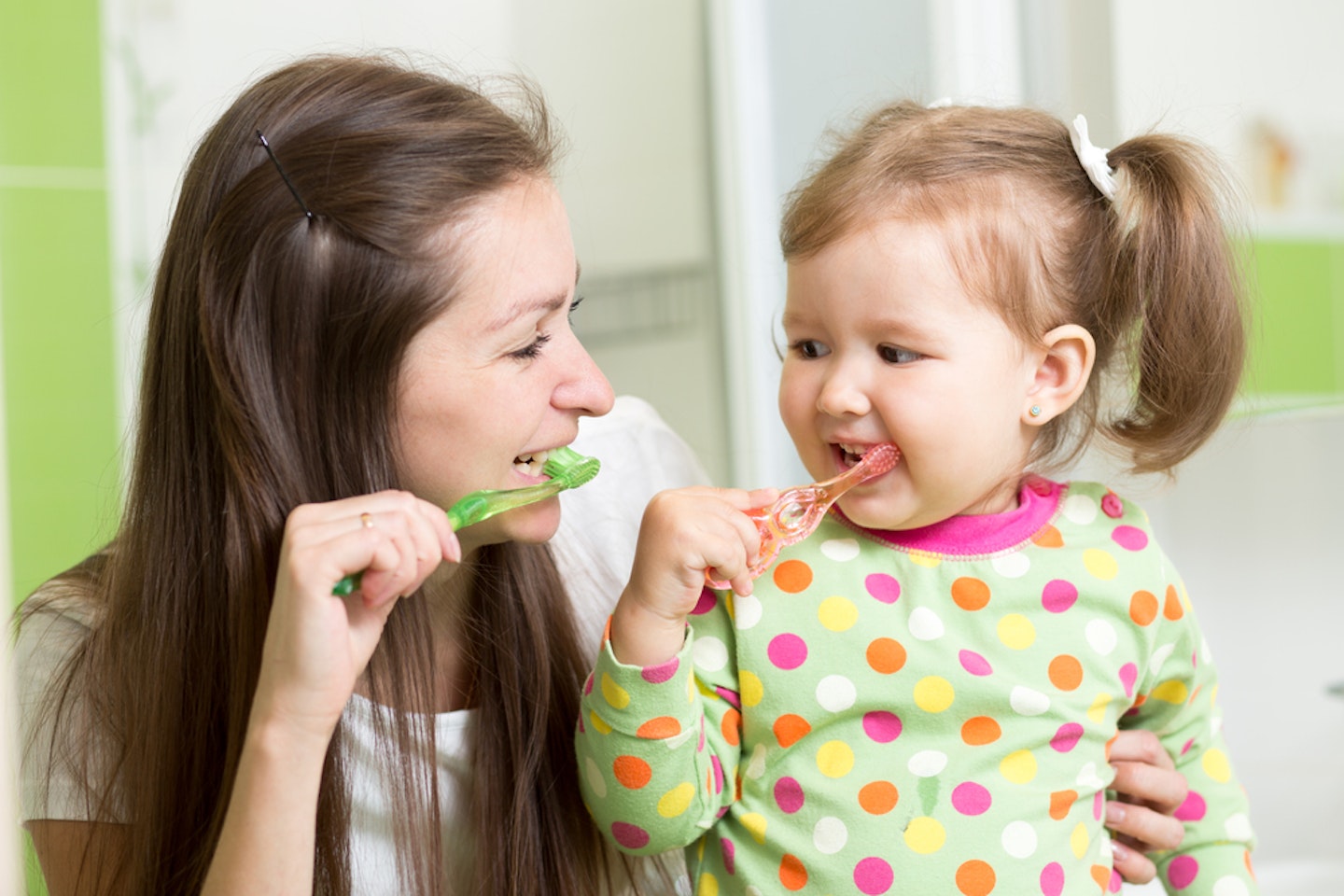 5 of 10
5 of 10Overdo the praise
When they cleans them well, make sure you give them masses of praise for being so clever, and tell him how pleased the dentist will be.
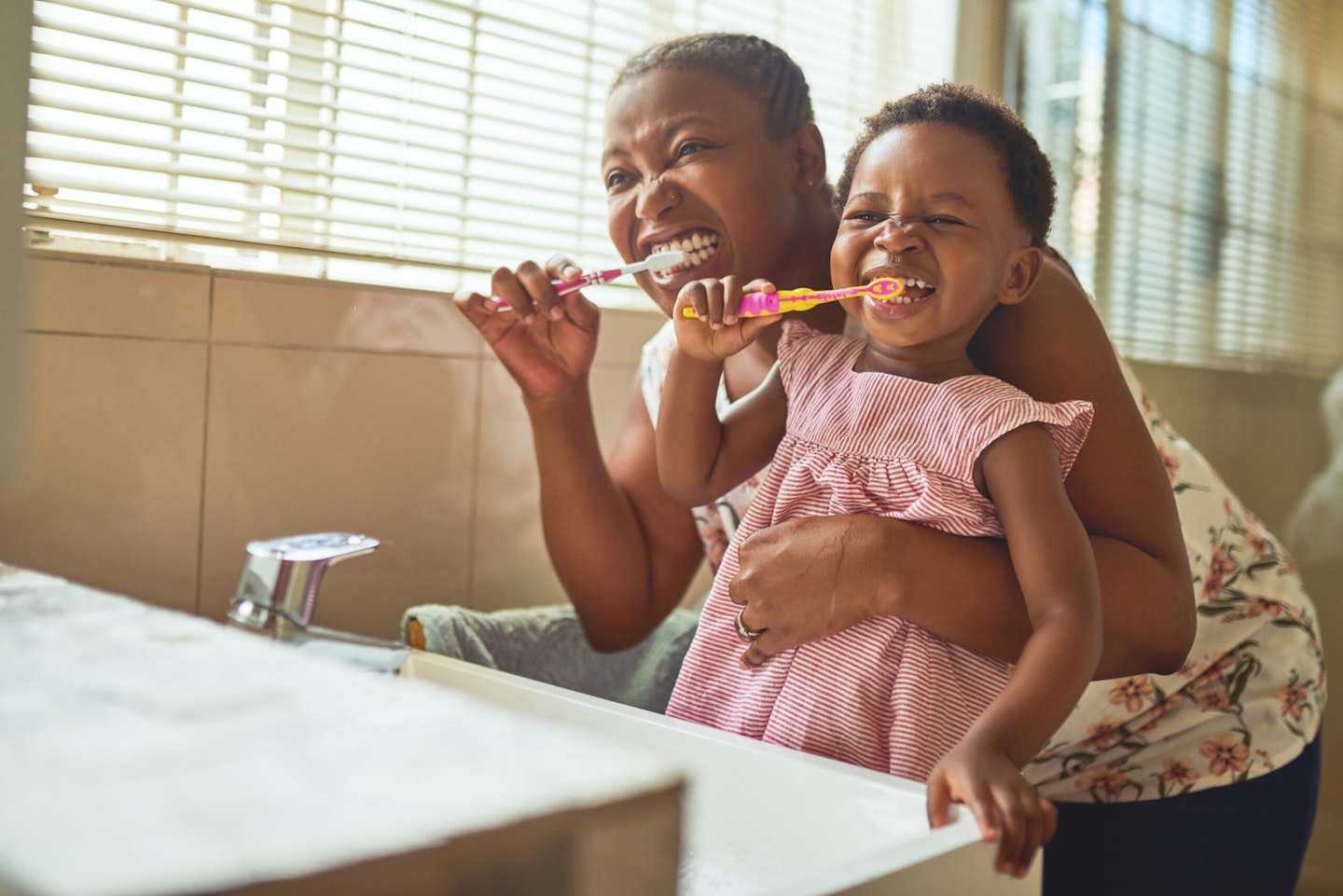 6 of 10
6 of 10Set a timer
Make sure your toddler brushes for the full two minutes by setting a timer. Start by saying ‘Ready, steady, go’ and then cheer and give lots of praise when the timer goes off and it’s time to stop.
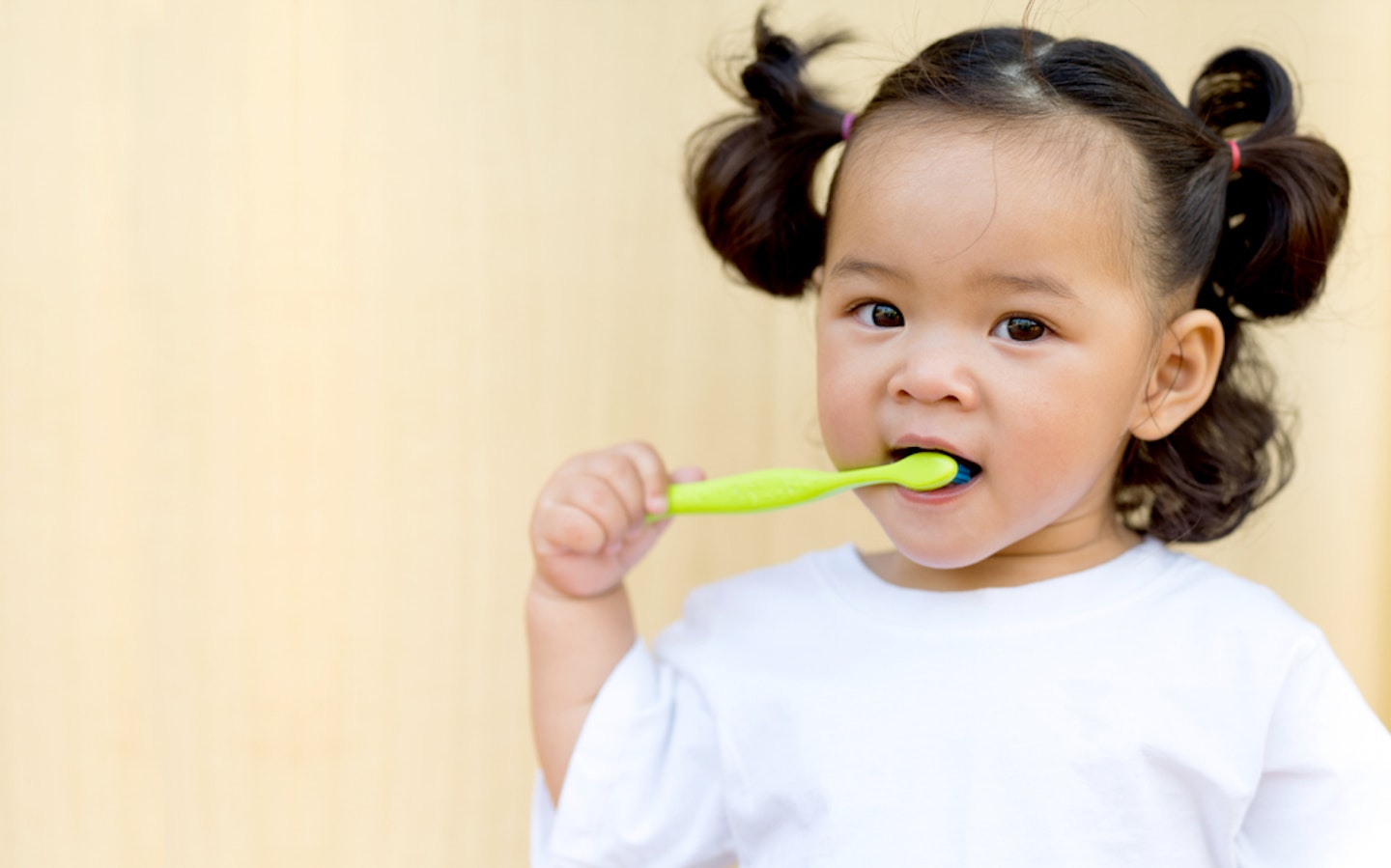 7 of 10
7 of 10Use a sticker chart
Try setting up a wall chart with a sticker for every time your child cleans their teeth well. After 10 stickers, they gets a small toy or an outing with mummy.
 8 of 10
8 of 10Use an app
Brush DJ is a free, NHS-approved app that plays two minutes of music for your child to brush their teeth to. Once they have finished, they will be rewarded with a smiley face and a round of applause. You can download Brush DJ from both Google play and Apple’s App Store.
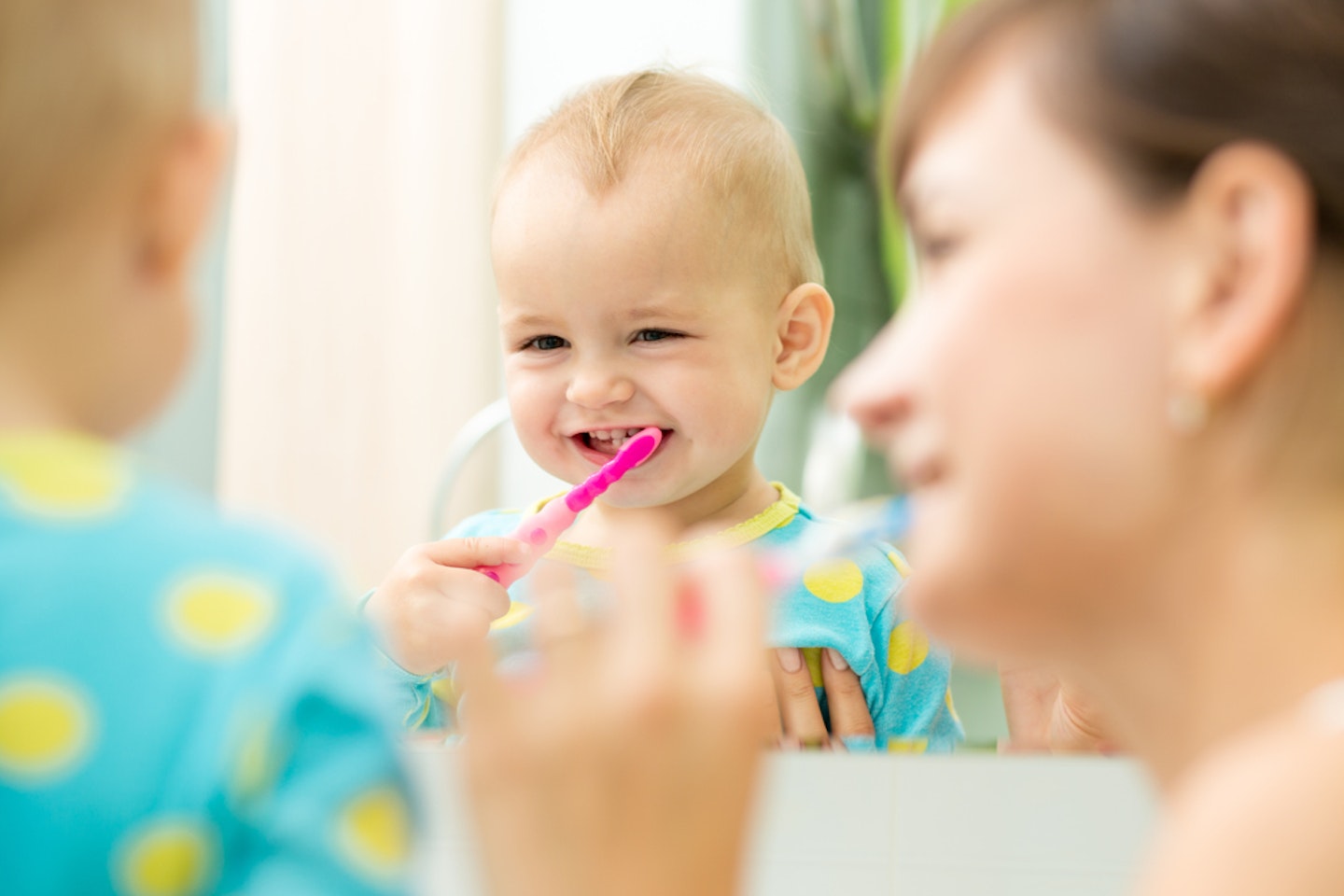 9 of 10
9 of 10Positive distractions
‘For many children, brushing teeth is boring,’ says Claire. Counteract this by making the experience as fun as possible, and distracting them from the actual task of brushing their teeth. Sing a song, play a game, or give them kisses and tickles as you brush. ‘Playing the Hey Duggee toothbrushing song works for a lot of children,’ adds Claire.‘If your child sees a character they like brushing their teeth, they’ll try to emulate that.’
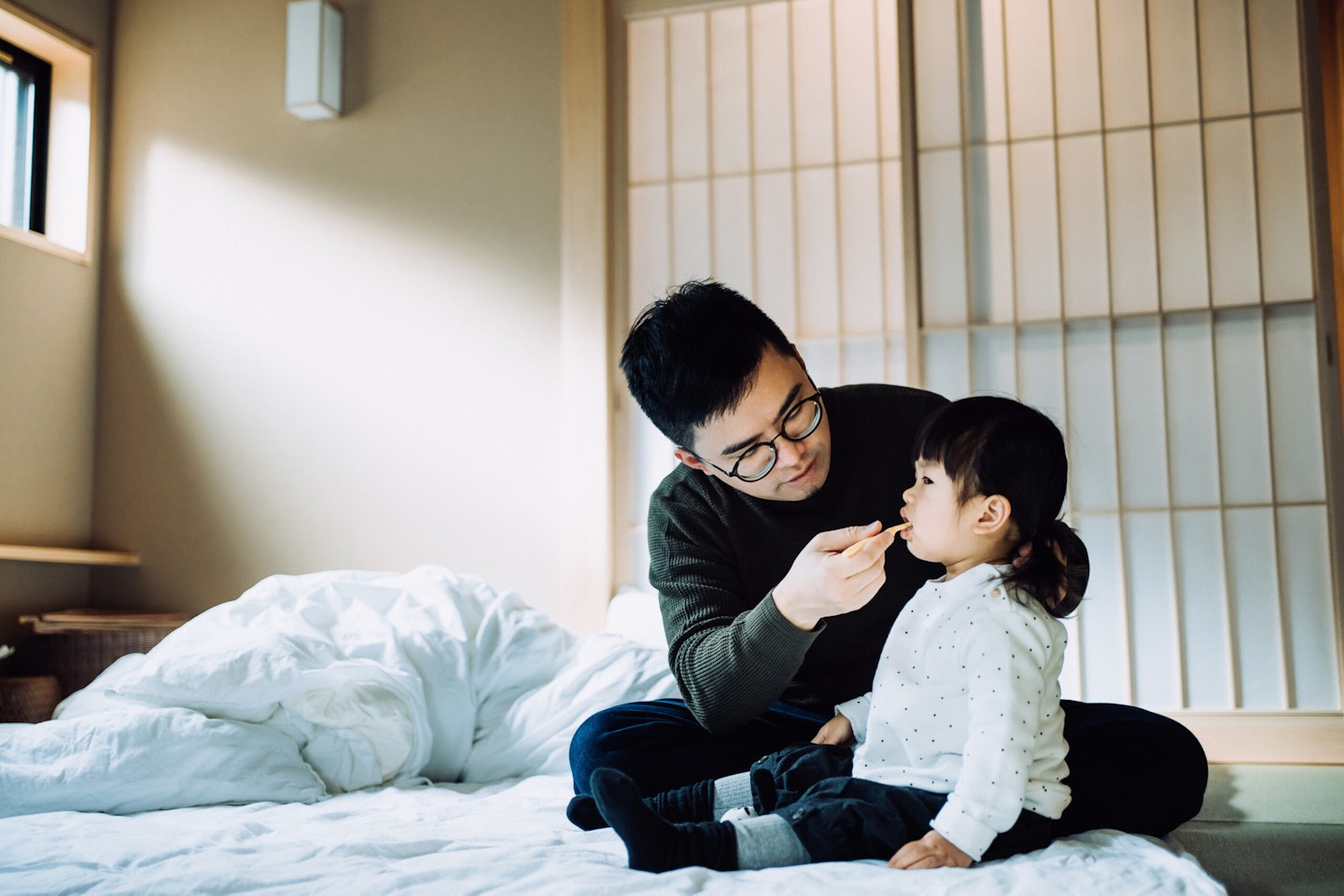 10 of 10
10 of 10Be flexible
If your child doesn’t want to stand in front of the sink to brush their teeth, don’t worry about it. Let them brush their teeth where they feel comfortable. This might be in the bath or sitting on the floor – location isn’t important.
Meet the expert: Dr Claire Stevens CBE is a consultant in paediatric dentistry.
Popular articles to read
9 dentists give their top tips for looking after their toddler’s teeth
